End of 19th century.
The term "tanagra" was invented in the 19th century to designate the statuettes which had just been found in 1870, by the hundreds, in the necropolis of Tanagra, an ancient Greek city in Boeotia. But we know today that the real center of creation of these tanagras was Athens from 340-330 BC. This artistic genre, bearer of Greek values, went far beyond the borders of these regions to spread throughout the Mediterranean basin in the footsteps of Alexander the Great, in Greece, in Anatolia, as far as Cyrenaica and Egypt.
These terracotta votive statuettes, some of which are solid and modeled by hand, date back to 600 BC. J.-C., initially represent essentially stylized animals and deities with their attributes. The figures were colored by applying clay. From the middle of the 5th century, craftsmen molded the front part of the statuettes, which were hollowed out in order to obtain better cooking. The molds also allow mass production. From the 4th century, the statuettes represent patricians, dancers, ephebes and children in an increasingly realistic style. The works produced are painted. Tanagra figurines and molds are exported, and statuettes are produced in Myrina as well as in Alexandria.


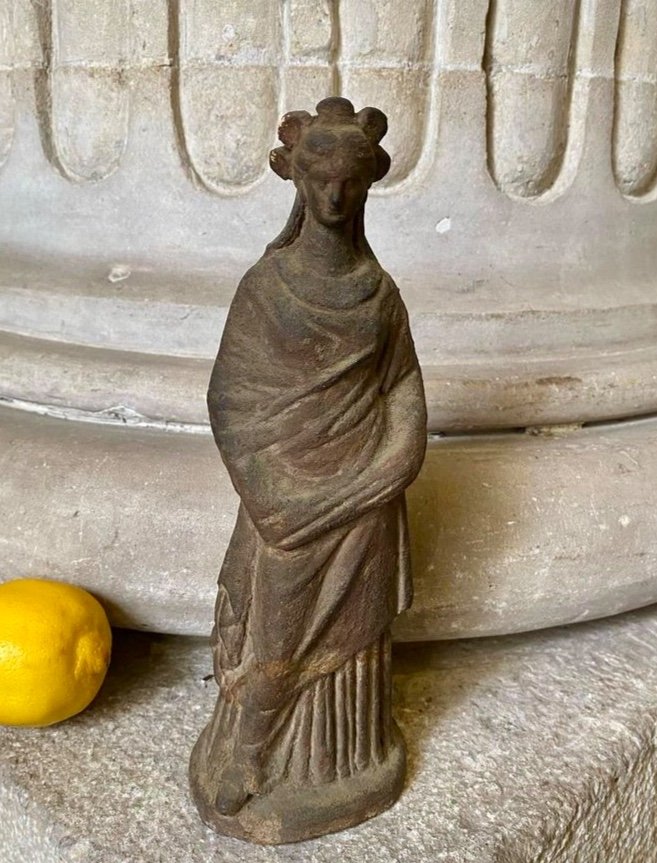
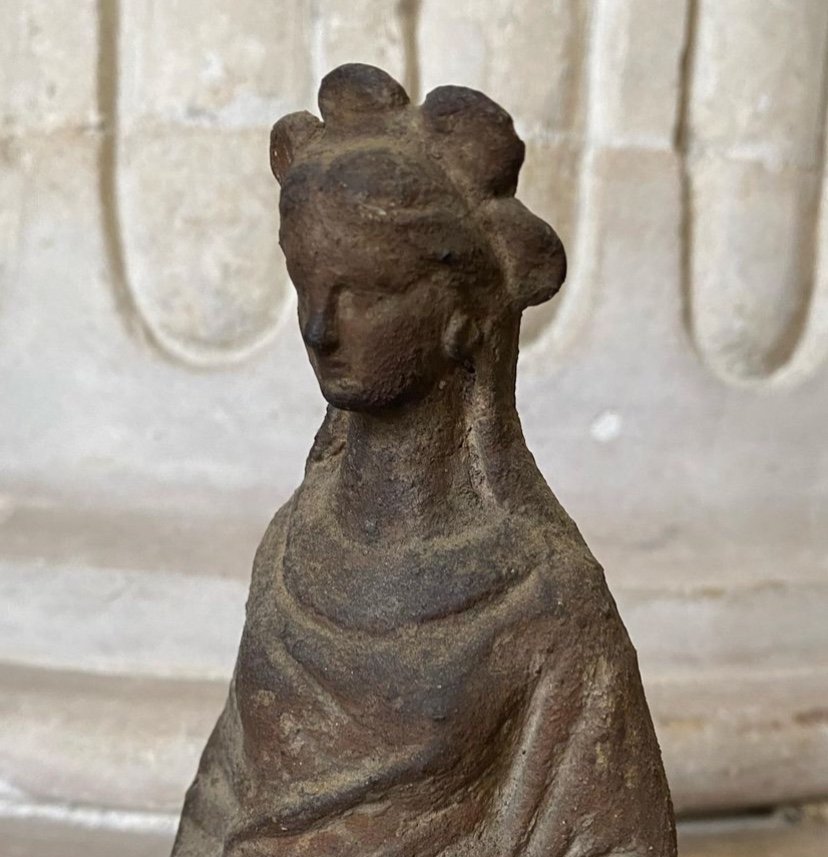
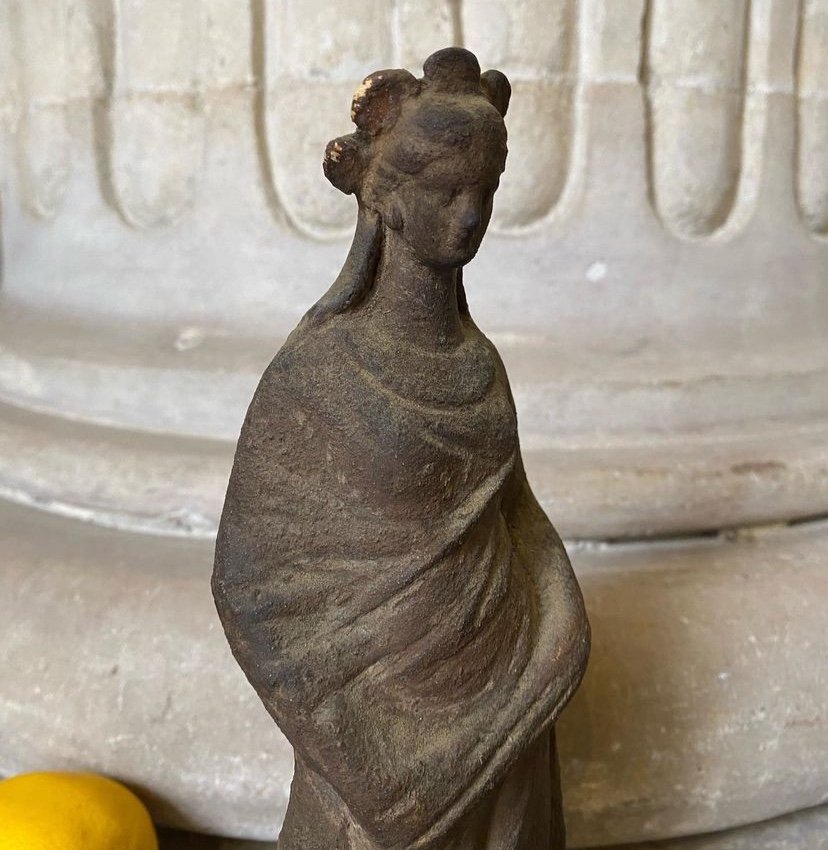
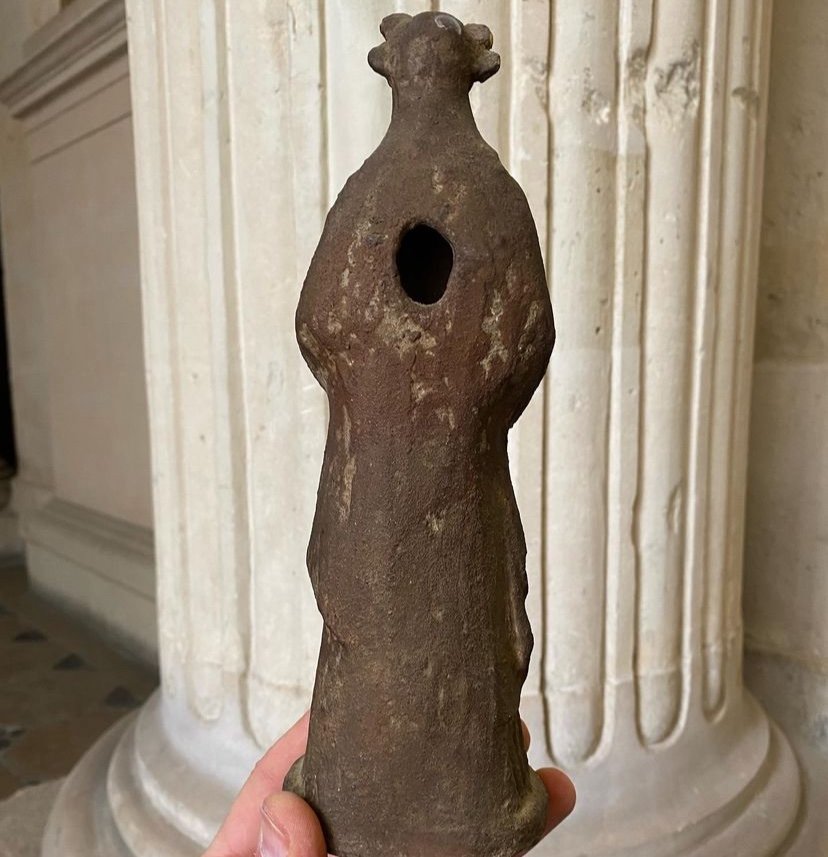
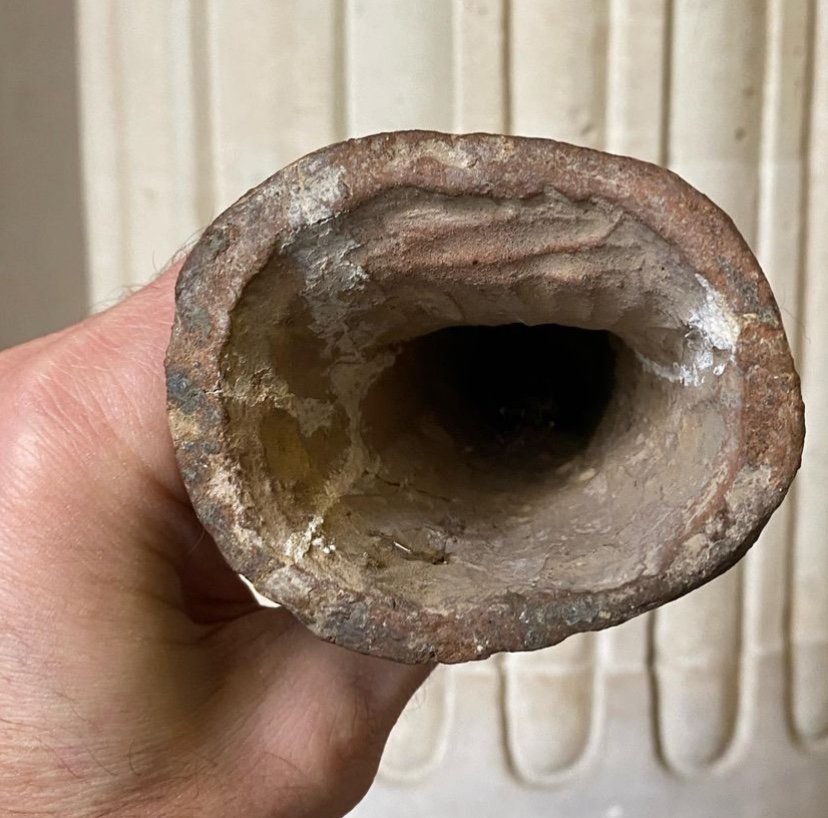
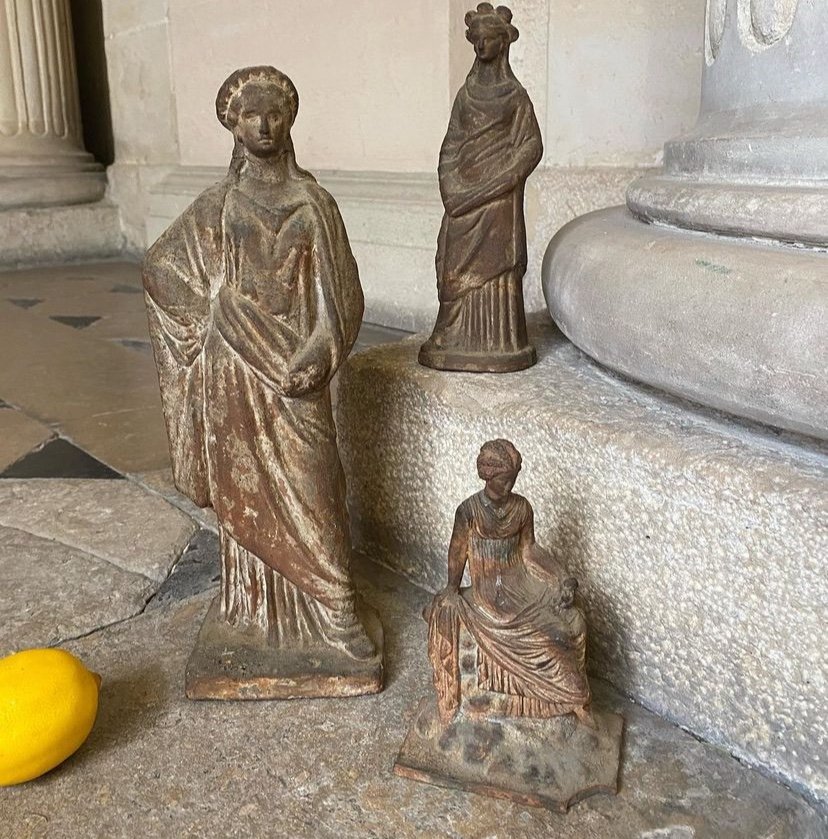








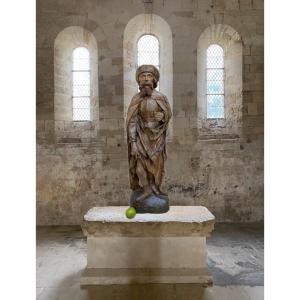








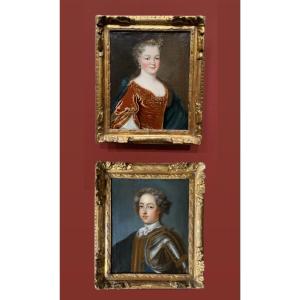


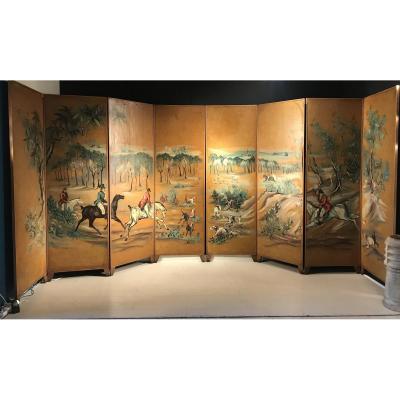
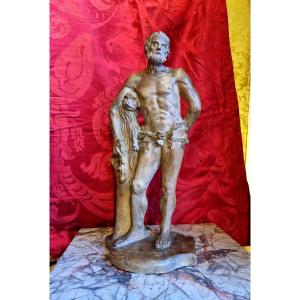







 Le Magazine de PROANTIC
Le Magazine de PROANTIC TRÉSORS Magazine
TRÉSORS Magazine Rivista Artiquariato
Rivista Artiquariato